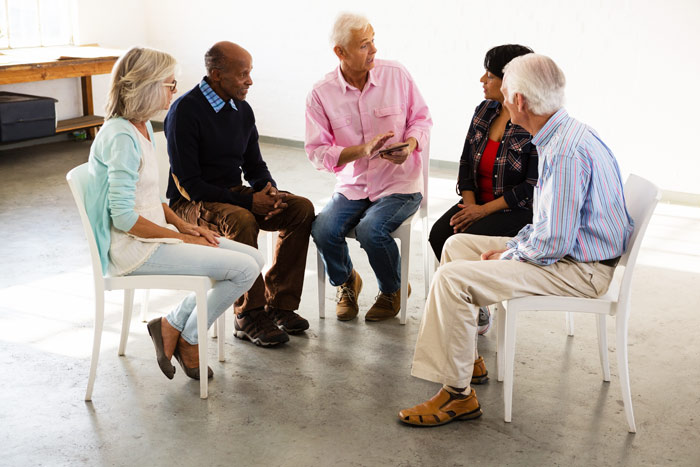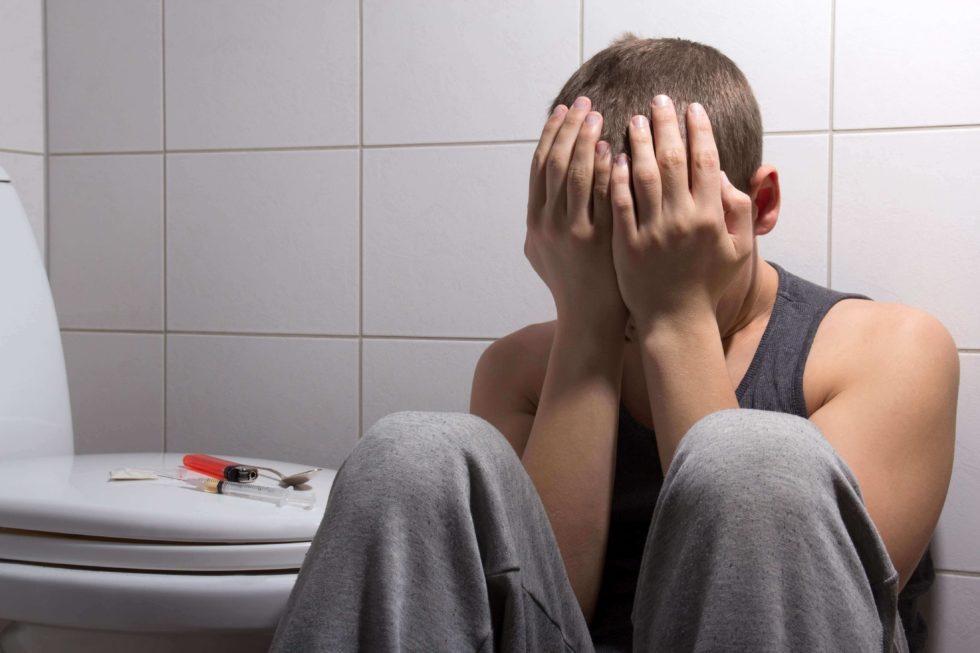What are short term residential programs?

Inpatient treatment can not always help but provides stability and security. Residential therapy programs can include short term residential therapy and long-term residential. Short-term residences usually have stays of 30 to 90 nights. The length for long-term residence programs is typically 6 to 18 months. At Embark the two types of programs include school-based, therapeutic, parental involvement, and adventurous and fun activities. The residential program is intended primarily to support teenagers in dealing with mental illness challenges and helping them reach their full potential.
In residential therapy, adolescents reside in the facility and participate in a program of activities designed to help their mental health. Typically, if you have an older child in the care of a sex worker, it can help with a job or a family member who is relocating.
Look for Organizations with a Full Continuum of Care
Organisations that provide just short-term residences can no longer assess the requirements and needs of their children, therefore engaging with organizations offering much more specialized care services.
Seek evidence-based interventions
Programs need a standardized approach incorporating evidenced-based interventions based upon the principles of Dialectical and Traumatized Cognitive Behavior Therapy.
Licensed staff
Check that the doctor has been trained. The program provides an integrated family therapy service for families.
Look for organizations that use outcomes in treatment
It must be an effective outcomes tracking platform. The best programs will be results-based, not empirically based
The type of therapy offered by short-term residential treatment programs
Residential short-term treatments are intensive treatments lasting up to 90 days. At this time teens reside in treatment centers and participate in an activity calendar with an emphasis on healing. Our programs use varying results-driven therapies and are proven effective at helping young adults improve their mental health. Treatments in Short-Term Rehabilitation Centers include the following: click for detailed information.
Why seek residential treatment?
There are many different treatment plans available throughout America and finding a suitable one can become difficult and confusing. Although people seek residential treatment for a broad variety of problems there are certain challenges
The decision of staying in short-term residential programs can be viewed as an important step in the process and families might be unsure. To provide calm and safety, below are some typical days for most short-term residential students:
Mornings: Rise and Shine!
In an extended residential program, a teenager will need to get dressed at the time. Some programs provide holistic therapy for beginning your day with calm, relaxed and focus-based meditation. It helps to build a healthy mentality that will remain in use as a condition of treatment. Normally, after breakfast and all morning activities the sessions are followed by a group session. This meeting is usually held every day and can assist adolescents in recognizing behavior patterns and triggering factors causing problems. During the morning, several hours have also been dedicated to academic studies.
Afternoons: intensive therapy
The afternoons have been a very intense period of the day. The program includes several therapy modes including individual or group therapy or family therapy. Rehabilitation classes sometimes provide classes on anger control and stress relief. Most program programs also offer some hours of free time at this point. Your teen can use the programs facilities including the activity below. Below are Embark lists at the Hobble Creek Emotions. Animal interactions. painting dreamcatchers poetry. social laser tag. karaoke.
Evenings
The 12-step process can continue until you have had your meal. The therapeutic group therapy sessions develop community and friendship through private setting and promote healing.



What is a residential treatment center?
Residential treatment center (sometimes called rehab) provides care for a wide variety of health problems. Residential care facilities are intensive clinical centers where the residents are monitored continuously by trained personnel.
Alternative treatment options
Outpatient – Outpatient or outpatient settings can include a variety of service and treatment types such as group therapy or individual therapy. These treatments can be delivered at a local mental hospital or a private clinic. Outpatient psychological care is considered to be the least comprehensive treatment as they do not involve overnight stays or intensive training (outpatient treatment is arranged according to the patient’s preference, meaning patients will need appointments as they wish”.
The 3 Benefits of Short-Term Residential Treatment
Time plays a crucial role in mental wellness. Short-term rehabilitation facilities may be able to help your child find help quickly. This program offers many different advantages.
Short-term residential programs can be covered by insurance
Residential program can be a cost-effective alternative for those seeking addiction treatment. Short-term courses are shorter duration, hence are more affordable with more intensive care. Insurance covers temporary onsite medical care.
Important first step in your teen’s mental health journey
Short term residential programs offer an excellent opportunity for teens who are undergoing treatment for the first time. Short-term programmes provide wholesome guidelines within a reasonable timeframe and in a sustainable manner.
Requires less time commitment but are still effective
This short-term programme varies from 45 to 90 days long. This should stop teenage self-destructive behaviors. The teenager and their family will develop aftercare programs to build the foundations for healing.






